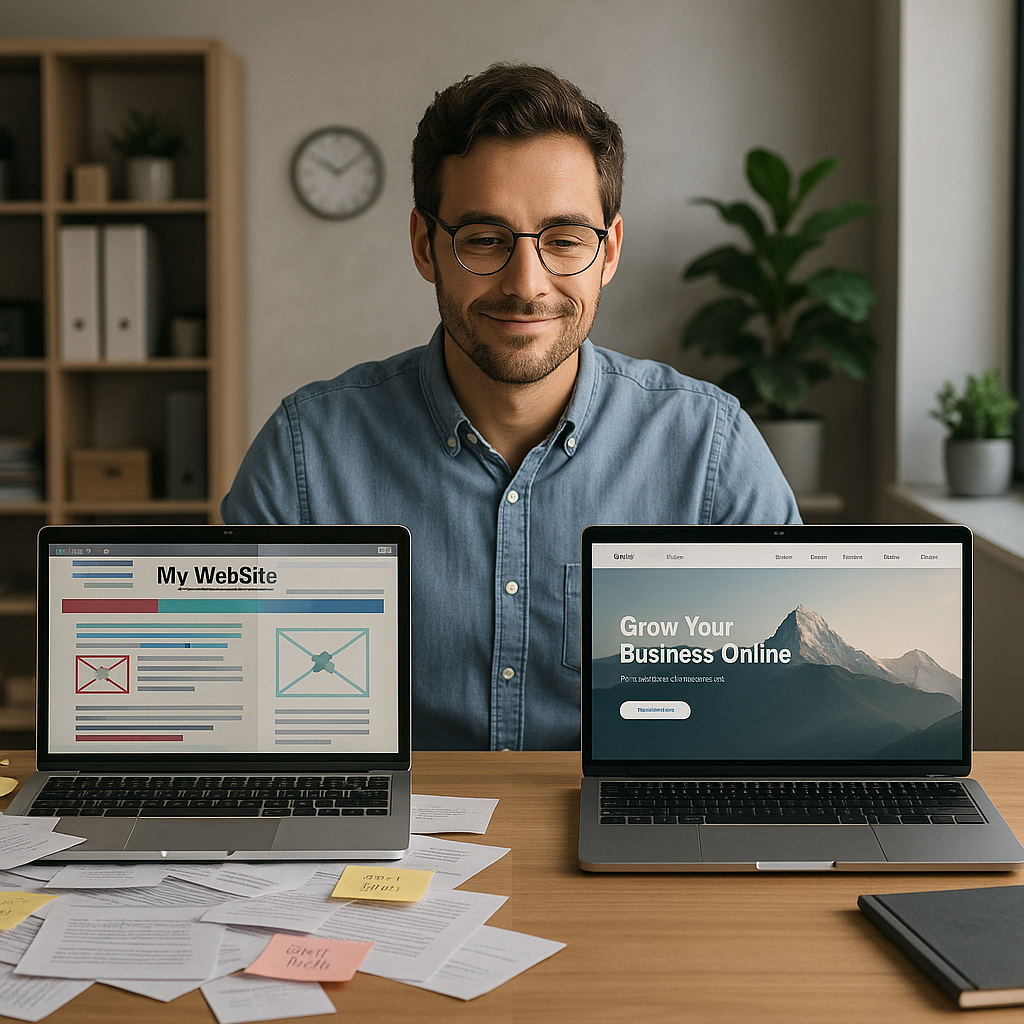5 Creative Ways to Repurpose Old Content for Small Businesses
Breathing New Life into Old Content: A Small Business Guide to Creative Repurposing
Ever feel like you're trapped in an endless cycle of content creation? You're not alone. While many small business owners chase the next big piece of content, they're sitting on a goldmine of existing materials that could work twice as hard for them. The secret? Creative content repurposing.
Think of your content like a perfectly good vintage sweater. Instead of letting it collect dust in your closet, you could transform it into something entirely fresh – maybe a trendy vest, cozy mittens, or even a stylish bag. The same principle applies to your business content, and the possibilities are absolutely endless.
The Magic of Content Repurposing: Why It's a Game-Changer
Let's cut straight to the chase – creating fresh content constantly isn't just exhausting; it's unnecessary. Smart business owners know that repurposing content isn't just about recycling; it's about reimagining and reaching new horizons. When you repurpose content strategically, you're not just saving time – you're maximizing your content's potential and reaching audiences you never knew existed.
But here's what makes it truly magical: repurposed content often performs better than the original. Why? Because you're taking something that already resonated with your audience and giving it new life in formats they might prefer. Some people love reading blog posts, while others can't resist a quick video. By repurposing, you're speaking everyone's language.
5 Creative Ways to Transform Your Existing Content
- Blog Posts to Social Media Gold Remember that comprehensive blog post about productivity tips that got buried six months ago? It's time to dig it up and break it down into bite-sized pieces of wisdom. Transform each main point into an eye-catching Instagram carousel, create thought-provoking LinkedIn posts, or design shareable infographics for Pinterest. Suddenly, one blog post becomes weeks' worth of social media content.
- Long-Form Videos: The Gift That Keeps on Giving Got a webinar recording gathering digital dust? That hour-long video could transform into dozens of content pieces. Slice it into 30-second knowledge bombs for TikTok or Instagram Reels. Pull out compelling quotes for social media posts. Transcribe interesting segments for blog posts. One webinar could fuel your content calendar for months.
- Content Bundling: Creating Premium Resources Here's where things get interesting – take several related blog posts or articles and bundle them into something bigger. Maybe your series on social media marketing becomes a comprehensive downloadable guide. Or perhaps those customer success stories transform into a case study collection. Suddenly, you've got a lead magnet that provides massive value while showcasing your expertise.
- Turn FAQs into Engaging Content Series Those questions you're answering over and over? They're content gold mines waiting to be explored. Transform them into a weekly Q&A video series, create a podcast addressing common industry challenges, or develop an email course solving your customers' biggest problems. When you tap into real questions from real customers, you're creating content that's guaranteed to resonate.
- Customer Testimonials: Your Secret Weapon Don't let those glowing reviews sit idle on your website. Transform them into compelling stories for your newsletter, create video testimonials for social media, or design quote graphics for Instagram. Real customer experiences are incredibly powerful – use them to their full potential across multiple platforms.
Making It Work: Practical Tips for Successful Content Repurposing
The key to successful content repurposing isn't just about changing formats – it's about understanding your audience's preferences across different platforms. A LinkedIn audience might want detailed, professional insights, while Instagram followers prefer quick, visually appealing tips.
Consider creating a content repurposing calendar. When you publish a piece of content, immediately brainstorm 3-5 ways to repurpose it. This forward-thinking approach ensures you're maximizing every piece of content from the start.
Remember to adapt your tone and style for each platform while maintaining your core message. A professional whitepaper might become a conversational blog post, which then transforms into snappy social media content – but the fundamental insights remain consistent.
The Bottom Line: Work Smarter, Not Harder
Content repurposing isn't about being lazy or running out of ideas – it's about being strategic with your time and resources. By breathing new life into existing content, you're ensuring your best ideas reach the widest possible audience in the most engaging formats.
Start small – pick one piece of content you're proud of and brainstorm three different ways to present it. Maybe that popular blog post becomes a video, an infographic, and a podcast episode. Experiment with different formats and track what resonates with your audience.
Remember, your content is an investment. By repurposing it creatively, you're maximizing your return on that investment while building a stronger, more diverse content library that serves your audience in multiple ways.
So, take a fresh look at your content archive. Those old blog posts, videos, and presentations aren't past their prime – they're just waiting to be transformed into something new and exciting. Your next great piece of content might already exist; it just needs a creative makeover.





